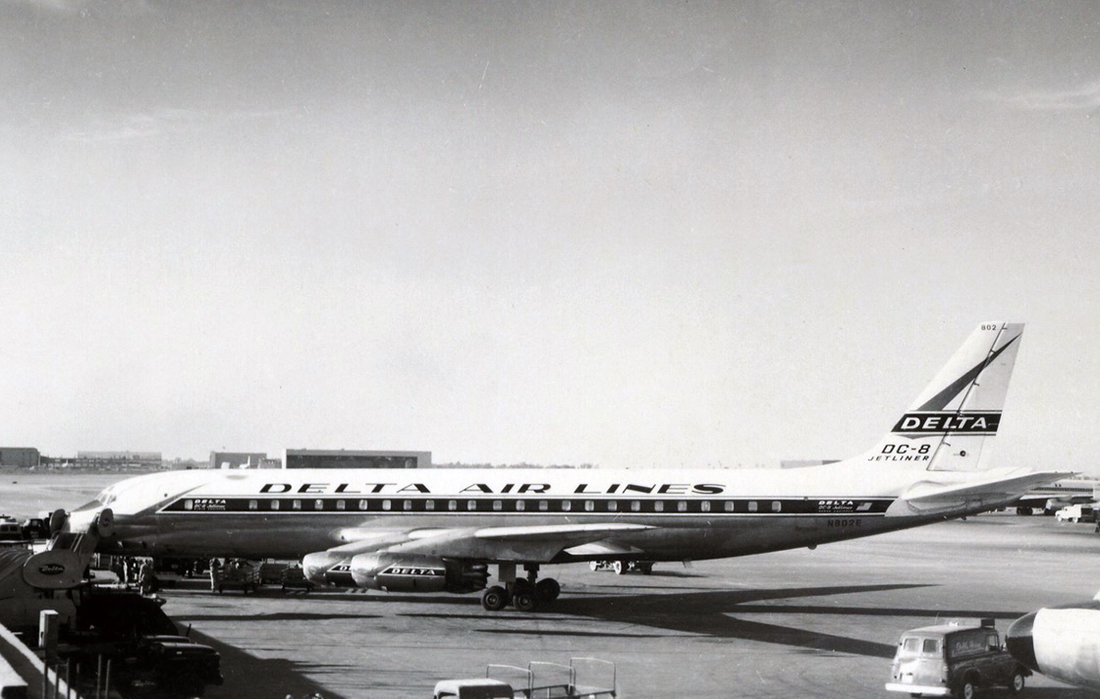Crash of a Beechcraft E18S in Natchitoches: 6 killed
Date & Time:
Sep 20, 1973 at 2245 LT
Registration:
N50JR
Survivors:
No
Schedule:
Natchitoches - Dallas
MSN:
BA-176
YOM:
1956
Crew on board:
1
Crew fatalities:
Pax on board:
5
Pax fatalities:
Other fatalities:
Total fatalities:
6
Captain / Total hours on type:
2190.00
Circumstances:
Shortly after takeoff from Natchitoches Airport by night and in foggy conditions, the airplane failed to gain sufficient height when it struck a tree located 590 feet past the runway end and crashed. The aircraft was destroyed and all six occupants were killed.
Crew:
Robert N. Elliott, pilot.
Passengers:
Jim Croce, singer,
Maury Muehleisen, musician,
George Stevens, comedian,
Kenneth D. Cortese, manager,
Dennis Rast, manager.
Crew:
Robert N. Elliott, pilot.
Passengers:
Jim Croce, singer,
Maury Muehleisen, musician,
George Stevens, comedian,
Kenneth D. Cortese, manager,
Dennis Rast, manager.
Probable cause:
The pilot failed to see and avoid objects or obstructions (trees) after a night takeoff. The following factors were reported:
- Physical impairment,
- Fog, haze,
- Obstructions to vision,
- High obstructions,
- The pilot had severe coronary artery disease and ran from motel to near airport, about three miles.
- Physical impairment,
- Fog, haze,
- Obstructions to vision,
- High obstructions,
- The pilot had severe coronary artery disease and ran from motel to near airport, about three miles.
Final Report:






